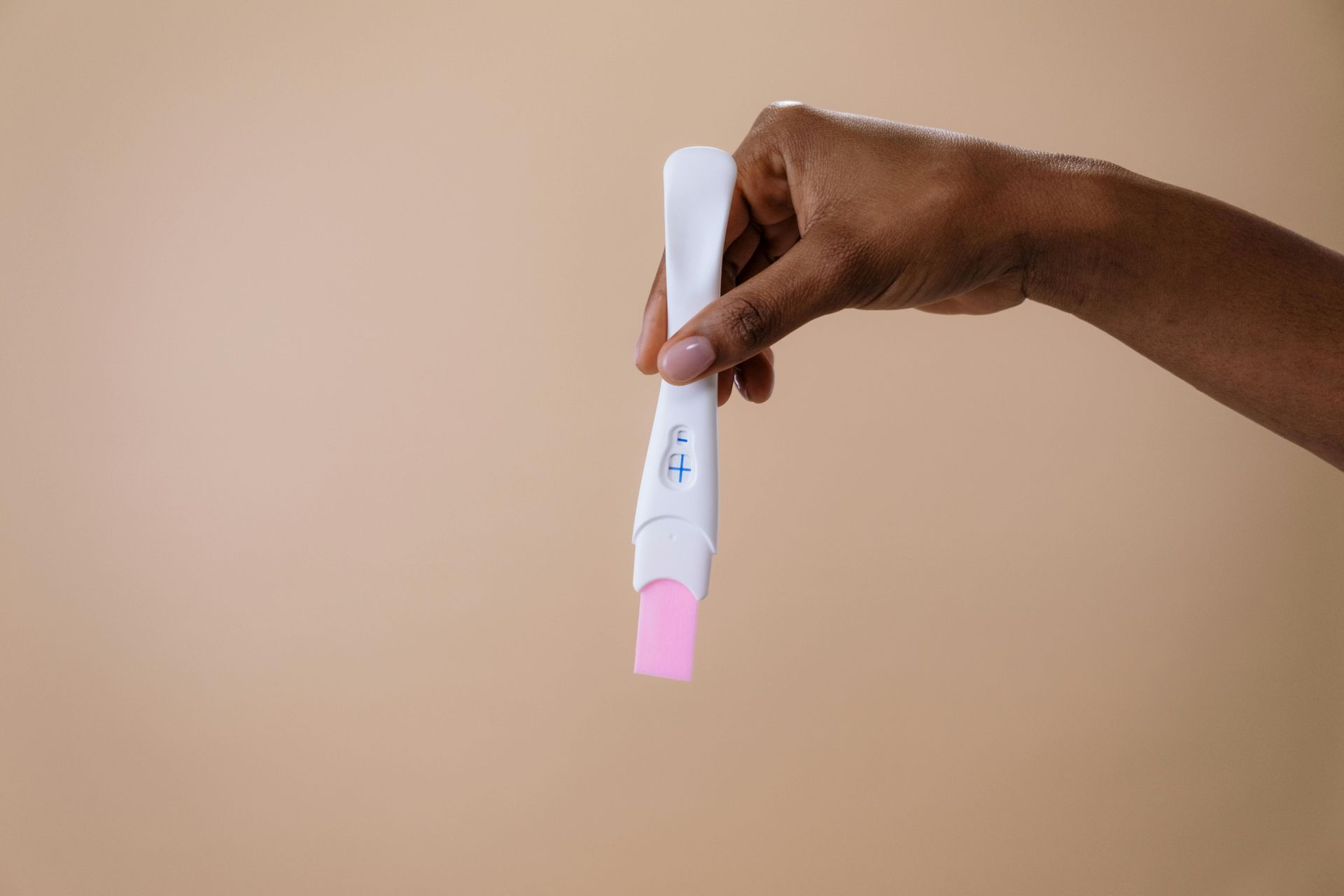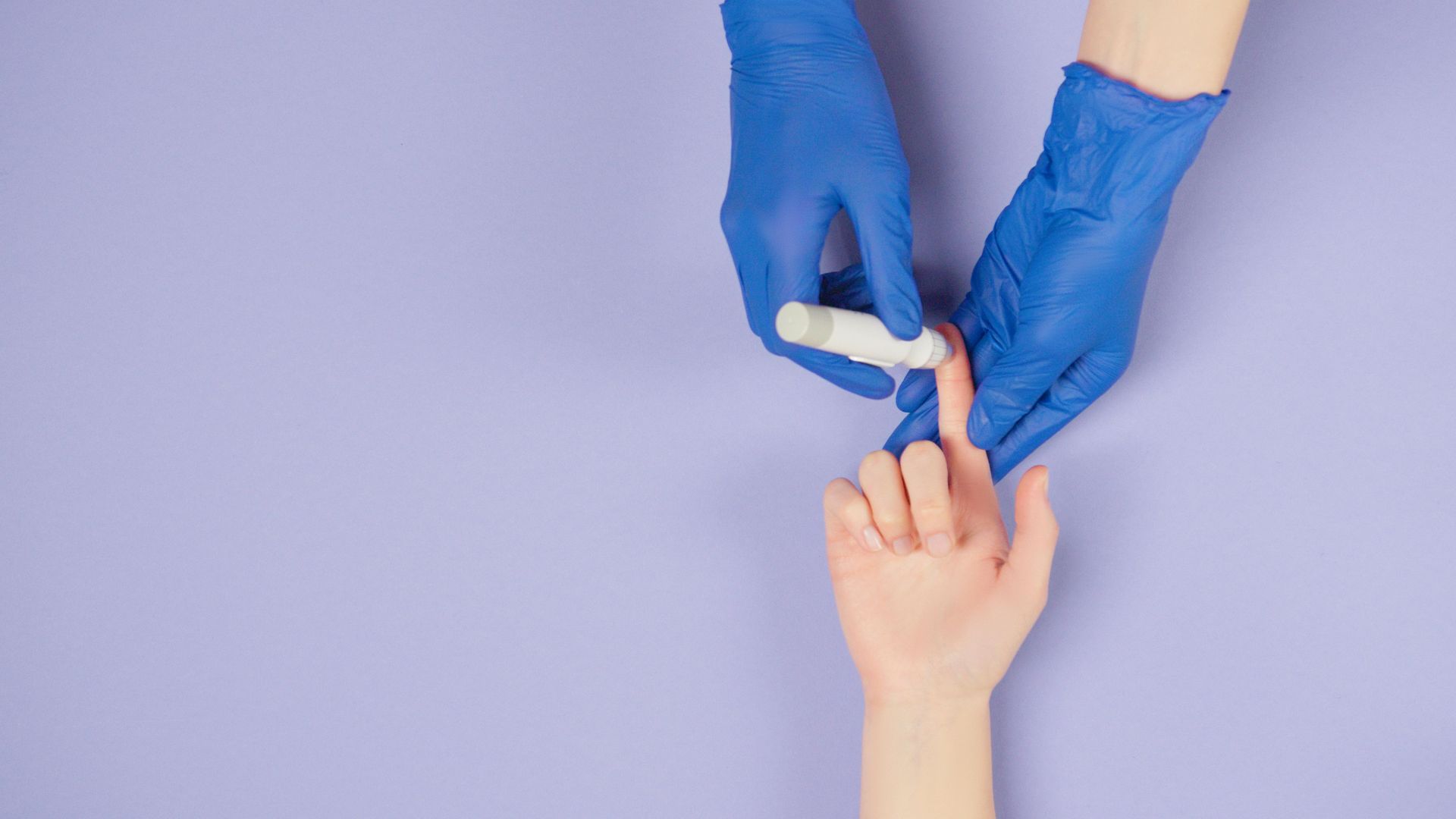Abortion Pill
What Is the Abortion Pill?
The abortion pill isn't a single medication but a combination of two drugs: mifepristone and misoprostol. Together, they can terminate a pregnancy in its early stages, typically within the first 10 weeks.
- Mifepristone: This first pill is taken at a healthcare provider’s office, clinic, or sometimes at home. It works by blocking the hormone progesterone, which is necessary for the pregnancy to continue. Without progesterone, the pregnancy cannot sustain itself and begins to break down.
- Misoprostol: Taken 24 to 48 hours after mifepristone, this second pill causes the uterus to contract and expel the pregnancy tissue. It is typically taken at home.
What to Expect When Using the Abortion Pill
The experience of taking the abortion pill varies from person to person, but here are some common experiences:
First Pill (Mifepristone): After taking the first pill, most people don’t feel much difference right away. However, some may experience light bleeding or spotting.
Second Pill (Misoprostol): After taking the second pill, cramping, heavy bleeding, and the passage of pregnancy tissue are typical. These symptoms can last for several hours or even a day, and they may be similar to a heavy period. It’s important to have a support system and pain relief on hand during this time.
Follow-up: After a few weeks, a follow-up appointment with a healthcare provider is usually recommended to ensure the abortion was complete and that there are no complications.
Possible Side Effects and Risks
As with any medical procedure, there are potential risks associated with the abortion pill and it’s essential to be aware of potential side effects, such as:
- Heavy bleeding (similar to a miscarriage)
- Severe cramping and abdominal pain
- Nausea, vomiting, or diarrhea
- Infection (if not treated or if an incomplete abortion occurs)
In the rare case of a severe reaction, such as excessive bleeding or symptoms of infection (fever, chills, foul-smelling discharge), it is critical to seek immediate medical help.



